Rolled lawn: how to stack, how to choose, types, care, etc.
Rolled grass is an increasingly popular solution. No wonder, because it guarantees an immediate effect. Instead of waiting for a week of grass emergence from sowing, you can decompose the prepared turf and enjoy the beautiful, lush greenery on the same day. Making a lawn out of a roll is simpler and less time-consuming than traditional sowing, but you need to follow a few rules to avoid mistakes and unwanted surprises. See how to lay a lawn from a roll step by step and what you need to remember at each stage of work.




Advantages of Roll Lawn
If the area with grass should be large, it is better to sow seeds, but if you set aside a small garden area for the lawn, then it is worth laying a lawn roll, because it has significant advantages:
- immediate effect - you have to wait a few months for the same dense lawn sowing;
- reliability in areas with a significant slope - in such places, grass seeds are easily washed off during irrigation or rain;
- the possibility of laying lawns even in late autumn (November) - turf is more resistant to frost than sprouting grass.

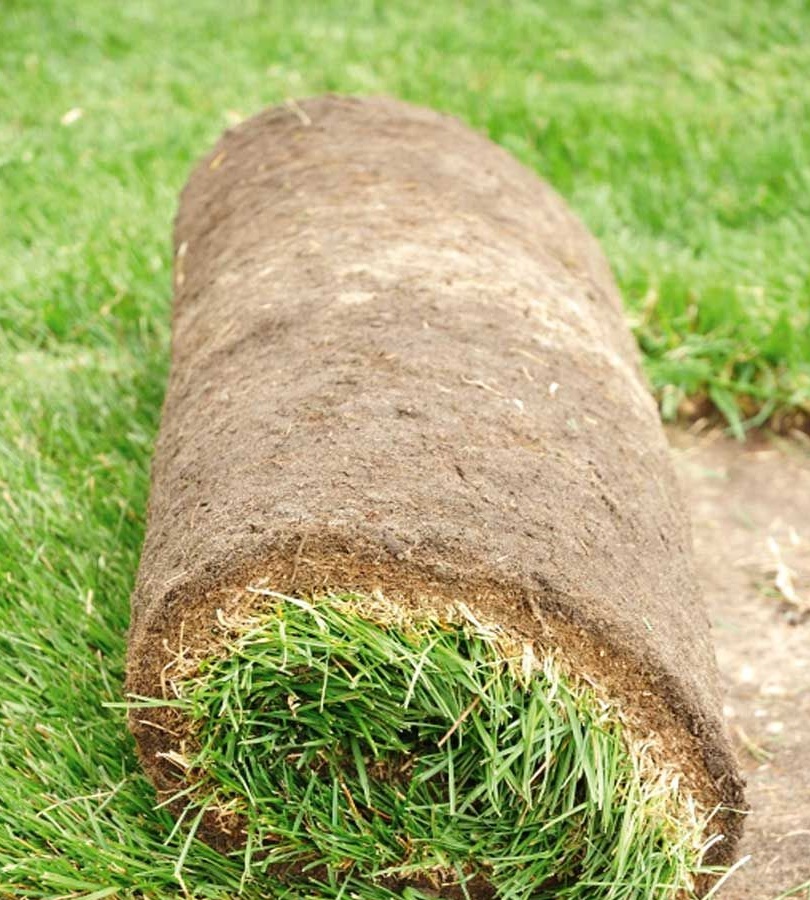










How to choose a rolled lawn?
Before buying a lawn roll, carefully distribute the tracks to visually check their quality. They should be quite thick, devoid of weeds, spots and other signs of the disease. It happens that on the delivered grass you see a white coating that appeared during transportation. In this situation, after deployment, spray the lawn with a fungicide. The grass in the roll should have an appropriate compact structure. If the blades fall apart after lifting beyond one of the edges, then the sod is overdried. Longitudinal pieces of grass should be located close to each other. Peat is usually sold in strips measuring 50 x 200 cm. Buy only one that has a uniform, green, healthy color, without weeds. Good quality turf has strips of the same thickness, width and length, which facilitates laying the lawn. Dense white roots should strongly overgrown with a substrate. No soil should fall from the lawn so as not to fall apart.








When to lay out a rolled lawn?
It is best to spread the lawn in early spring (April, May) or in autumn (September and October). Heavy precipitation and lower temperatures that occur at this time of the year favor rooting of the grass. The rolled lawn can be lined at any time during the growing season. Ready peat will be accepted even in November, because, unlike sowing grass, it is resistant to frost. During the greatest heat (June, July, August) you should remember about frequent and plentiful watering to prevent drying of a green space.


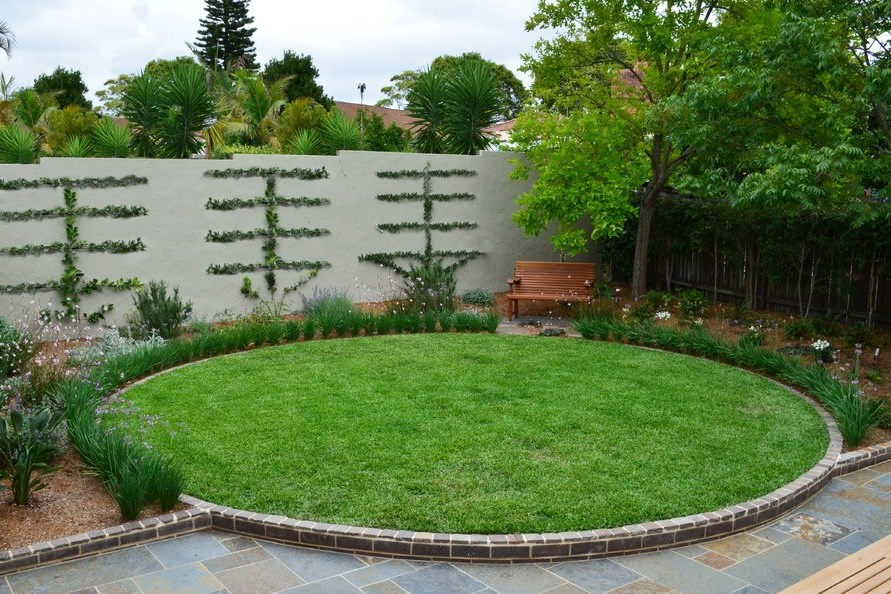

Laying a roll lawn: preparing the territory and obtaining a substrate
Before you start laying grass, you must make sure that the ground is properly prepared. The lawn must be clearly visible.


Cleaning the installation area
The area must be leveled and cleaned of roots, stones, debris or construction debris.
Plowing land
Then you need to dig the ground with a shovel or rotary cultivator, if the area is large, removing weeds. You can mechanically get rid of weeds by helping yourself with a pitchfork, or using chemicals designed for this purpose. It should be remembered that the use of chemicals has an effect on the environment of which the person is a part, therefore, the initial consideration should be the mechanical removal of waste plants.
Check soil acidity
When preparing the area for the lawn, care must be taken to ensure sufficient soil acidity.The substrate should have a slightly acidic reaction (pH 5.5-6.5), be moderately moist, carious and permeable. If the soil is too acidic, lime treatment should be carried out by adding ground chalk or dolomite. Liming is best done in the fall, at least 2-3 weeks before laying the lawn. Poor quality soil should be fertilized with organic or mineral fertilizers. Liming and fertilizing cannot be combined, therefore, between these two actions there should be at least 2-3 weeks gap.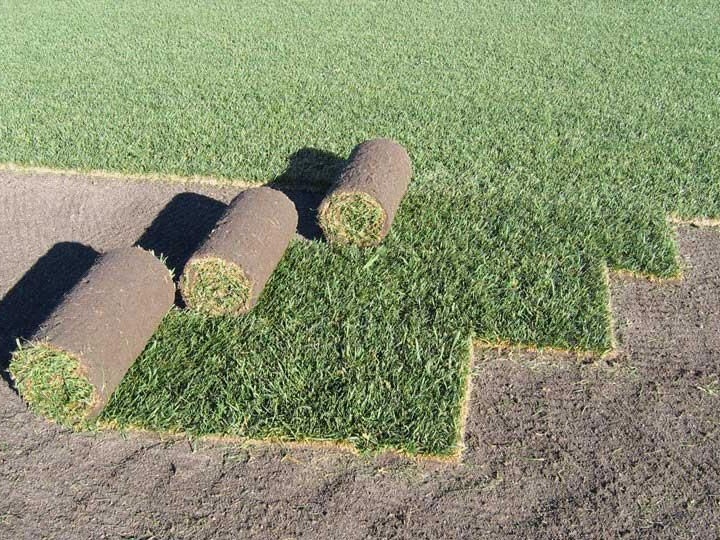
Soil leveling
The last step before laying rolled grass lawns is to level the area using a garden roller.
DIY roll lawn
Grass from the roll should be laid on the selected territory of the garden, backyard or lawn within 2-3 days after purchase. It is best to work immediately after the order has been delivered by the seller, carrying out the entire process in one day.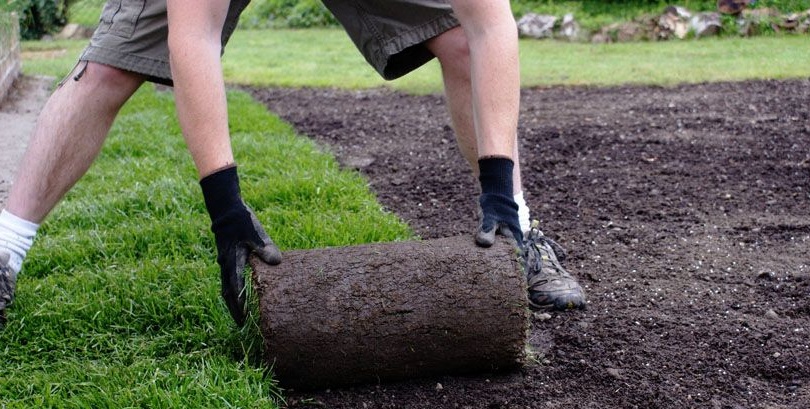


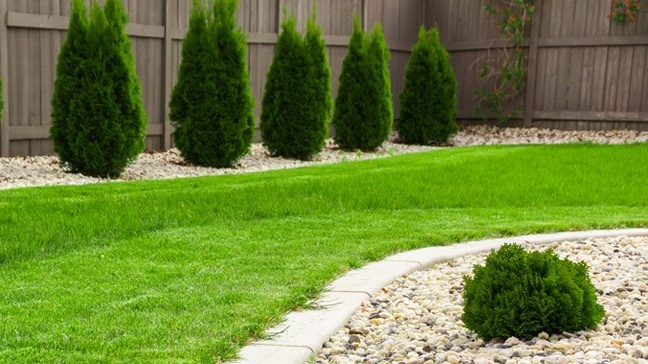
How to lay a rolled lawn?
In the process of laying a rolled lawn, a lot of cutting is required, especially if you create a decorative landscape form. Thanks to this, the end result will look beautiful and uniform, and the places where the grass patches connect to each other will remain less noticeable. The grass in the roll should be firmly pressed to the ground, otherwise air bubbles form in the form of unsightly bulges. Cut the edges of the lawn with a sharp tool, and if necessary, the holding areas should be covered with soil to protect them from drying out. The distribution of grass should be leveled by rolling and abundant watering for 2-3 weeks. You should spend about 10-15 liters of water per m² of lawn per day. If there are visible gaps between the sections of the turf, then fill them with soil and add grass or sow seeds.




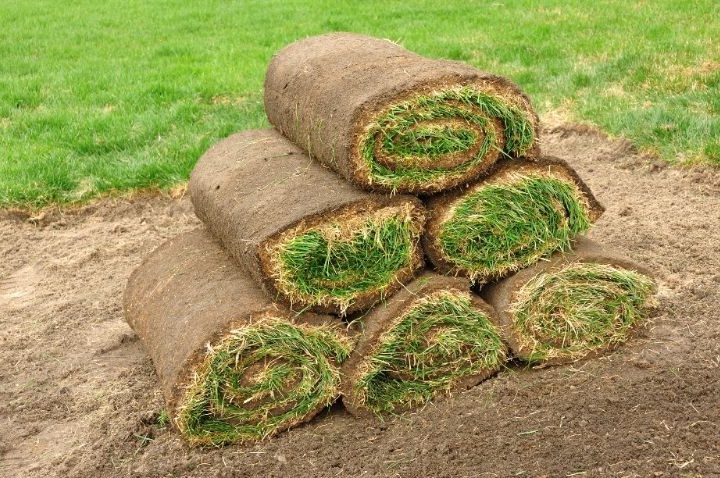


Lawn care
If you want to enjoy the beautiful, dense and lush green grass, you must take care of its proper care. It is worth the wait with walks on a rolled lawn, and especially with its intensive use, about 2-3 weeks after planting. During this time, the grass will root, become stronger, and you will avoid the risk of it drying out. It is very important to water the plantation plentifully and often in the first weeks after deployment. This should be remembered especially in the summer months during intense heat. It is best to water the lawn in the evening or in the early morning. The roll lawn is easy to maintain and does not require special care. Later it should be looked after in the same way as ordinary sown grass.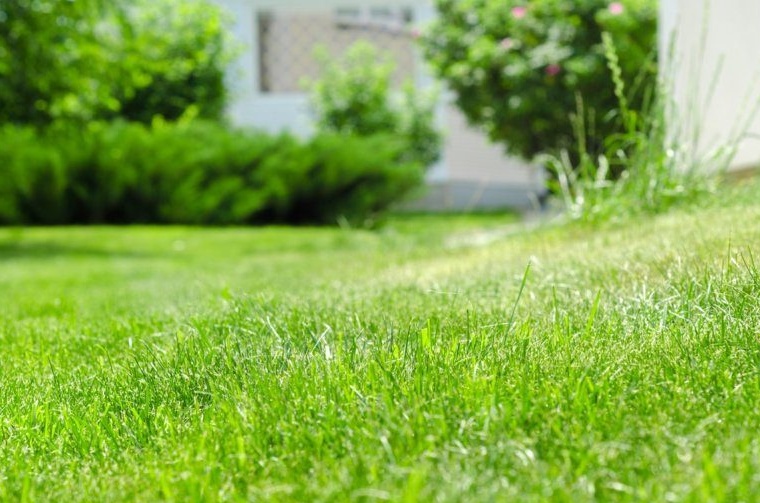








There are two ways to create a lawn: from sowing or from finished turf, cut into strips and sold in rolls. Choose the second option, as the rolled lawn will not let you down.









